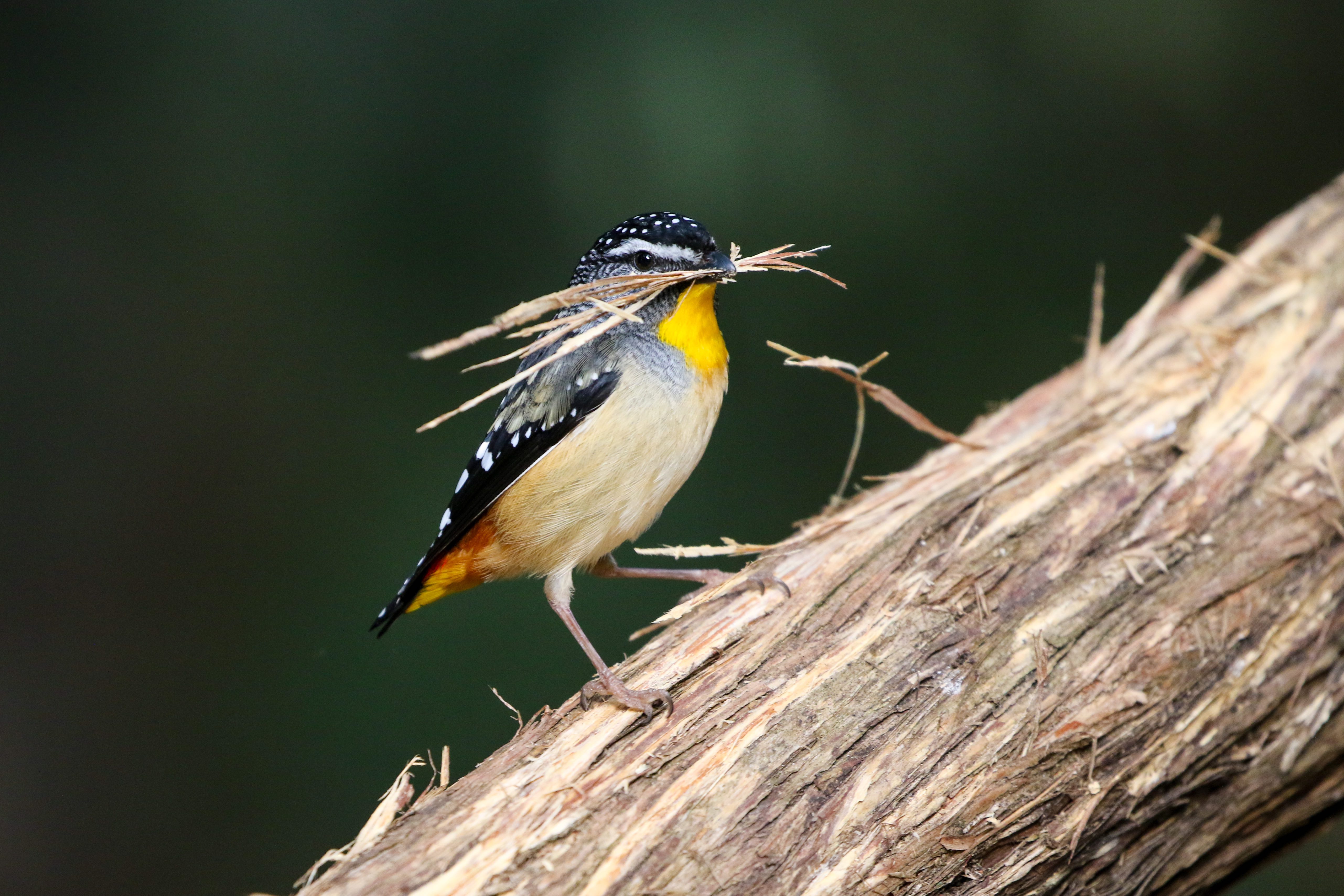Published on June 20, 2024
Looking at museum specimens, we found the individuals of some species build very uniform nests; for example, the width of the cup or height of the dome varies by less than two per cent.
But there are some species that show extreme variation in the shape of nests they build, with some building both open-cup and enclosed domed nests within the same species.
Because similar levels of variation were found in closely related species, this nest building flexibility may be genetically determined, which could mean some groups of species may respond more effectively to global climate change.
It’s interesting to note that flexibility in food foraging behaviour did not appear to correlate with flexibility in nest construction.
Our study was a proof-of-concept that we could find this kind of information from museum nest collections, but we need more research to understand why some species are much more flexible in their designs.

Sciences & Technology
New dimensions in colour
Avian architects of the future
Nest builders are deeply connected to their environment and their constructions tend to match their local climatic conditions.
We found this was the case across millions of years of evolution, but the obvious question is, what happens if we suddenly change the environments where birds are building their nests?
What happens if the temperatures where they breed become much warmer? And if the materials they build their nests with are not available anymore?
While we don’t yet have these answers and more research is needed, it’s clear that these environmental changes could have dramatic consequences for bird populations.
For example, recent research has already told us that temperatures inside nests are rising and this is leading to a decline in some bird populations.
There is almost no information about if and how quickly birds can adjust their designs. Nor about how effective those changes would be in protecting their offspring.

Our work suggests that not all birds will be able to adjust their designs within the tight time frames that might protect them from a warming climate, so some species might have to respond in ways that don’t involve architectural solutions, like shifting their ranges or breeding at a different time.
Other species might be able to adjust specific design features to decrease temperatures inside their nests or use different types of materials that can offer better insulation.
Next spring, spare some time to appreciate the wonder of nest building if you are lucky enough to see it happening.
The designs that have evolved over millions of years may not stay the same, needing adjustments to cope with the challenges imposed by humanity.
This article was first published on Pursuit. Read the original article.